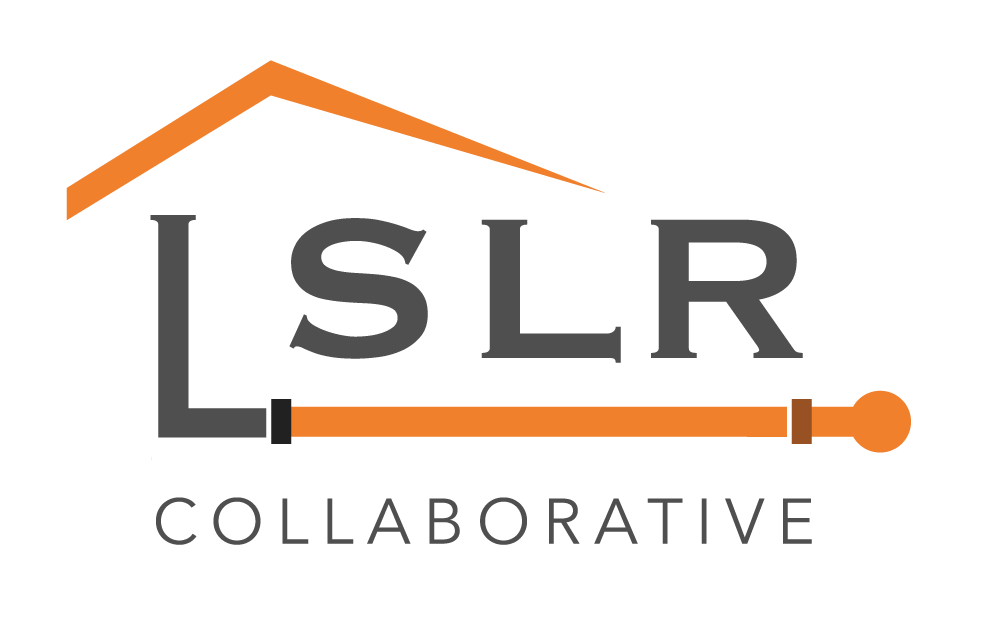|
The Daily News Online
PERRY — More than $550,000 in state funding will help the village replace lead water lines. The lead components are mostly found in older water connections leading to residences, said Village Administrator Matt Jensen on Monday. The $554,112 will help the village locate the components and replace them proactively. “The program is set up to help us identify where the lead components might be and to make the necessary replacements as we identify areas,” Jensen said. “It’s not an issue we see with lead in our water as far as testing, but we do know we have some connections with lead in there.” WATERVLIET, N.Y. — Gov. Andrew Cuomo announced that $10 million will be awarded to 18 municipalities statewide, including the city of Watervliet, to continue the state's initiative to replace residential drinking water lead service lines through the New York State Department of Health's Lead Service Line Replacement Program.
The successful program has already awarded $20 million to communities to help offset replacement costs and is a key component of New York's $2.5 billion Clean Water Infrastructure Act of 2017. OSWEGO - The city of Oswego is receiving $534,907 in state money to replace residential drinking water lead service lines.
Oswego is one of 18 municipalities statewide to share in $10 million as part of the state Health Department’s Lead Service Line Replacement Program. This program has already awarded $20 million to communities to help offset replacement costs and is a key component of New York’s $2.5 billion Clean Water Infrastructure Act of 2017. “We’ve invested millions of dollars in our infrastructure in the last three years,” said Mayor William Barlow Jr. on Facebook. “Now, we have funding to address lead in our water lines, continue to upgrade our infrastructure and improve the health of our community.” See the full article online.
Denver Post Denver Water will propose the removal of lead service pipes from homes across the metro area — an action rarely seen in the United States and one that could cost roughly $500 million and take 15 years. “Cost is not an issue. Public health is the issue,” Denver Water CEO Jim Lochhead said in an interview Monday morning. The utility estimates that 50,000 to 90,000 homes still have lead pipes connecting their homes to water mains. The metal has been linked to developmental disabilities and other long-term health consequences, though Denver Water already has taken steps to minimize the risk. “The water we’re delivering is safe. This is really a matter of the plumbing,” Lochhead said. Lead from corroded pipes can enter the water as it goes into homes. Denver Water has for years adjusted the chemistry of its water to prevent lead from leaching from the residential pipes. In 2012, the utility’s ongoing testing detected lead in a few homes that exceeded federal limits. Read the full article.
WLNS.com Since the 2015 water crisis in Flint, hundreds of places across the United States are becoming more proactive about replacing lead pipe lines. In the U.S. up to 20% of a person’s exposure to lead can come from tap water, according to the U.S. Environmental Protection Agency. An estimated 4 million U.S. households have children who are exposed to high levels of lead, according to the Centers for Disease Control and Prevention. A big contributor to that risk is lead water service pipes which can leach into the water, according to the American Public Health Association. Up to 10 million U.S. homes are served by lead service lines, according to the Environmental Defense Fund. Momentum builds across US to replace lead water pipes: Water contamination an issue for millions7/1/2019
Read the full article.
The Nation's Health Wisconsin resident Tory Lowe got bad news following a medical exam of his 4-year-old son. Lowe’s family lives in a low-income neighborhood in North Milwaukee. Many homes have lead pipes that can contaminate drinking water. As a precaution, the family drinks only bottled water and has a filter on the kitchen tap. But despite those steps, in 2017 doctors told Lowe that his son, Troy, had high levels of lead in his blood. “I couldn’t believe it,” Lowe told The Nation’s Health. “We don’t have lead paint.” It turned out that Troy had been drinking from the bathroom sink. Though lead paint, dust and soil are the biggest risks for high blood lead levels in children, lead in water can have dangerous consequences as well. While the U.S. has some of the world’s safest public water supplies, in some cases, up to 20% of a person’s exposure to lead can come from tap water, according to the U.S. Environmental Protection Agency. Any level of lead in blood is unsafe in children, but the health risk multiplies when levels surpass 5 micrograms per deciliter, according to the Centers for Disease Control and Prevention. In Troy Lowe’s case, his measurement was 6 micrograms per deciliter. An estimated 4 million U.S. households have children who are exposed to high levels of lead. Lead exposure can cause fatigue, joint ache, constipation and memory loss, and is particularly dangerous for infants and children. Developmental problems involving learning, behavior, speech and hearing can result. When blood lead levels reach 45 micrograms per deciliter, CDC recommends that medical treatment be considered. |
Have a suggestion for an article or blog to add?
Let us know! Type
All
Date
April 2023
|


 RSS Feed
RSS Feed